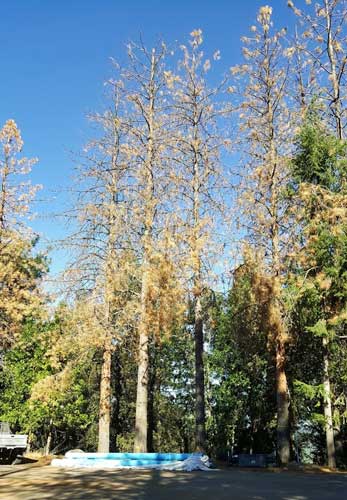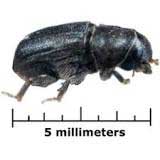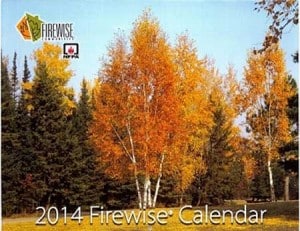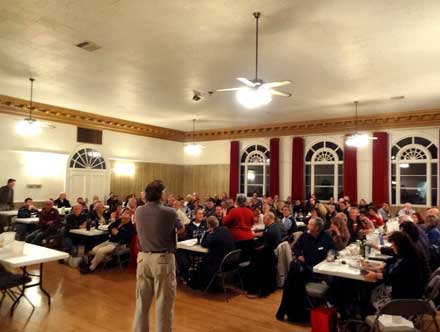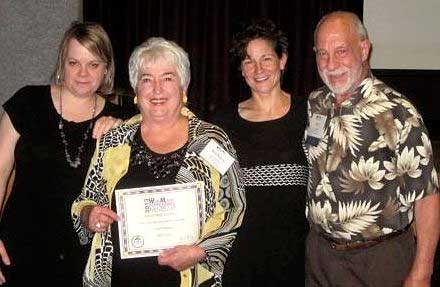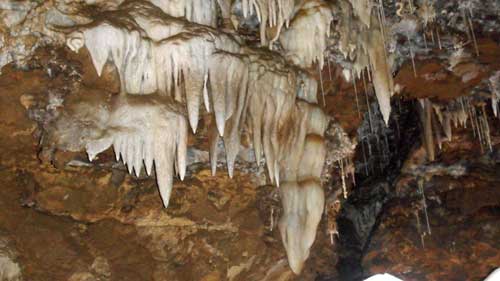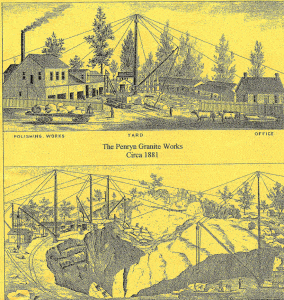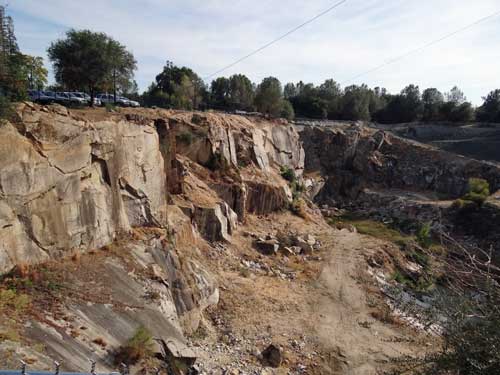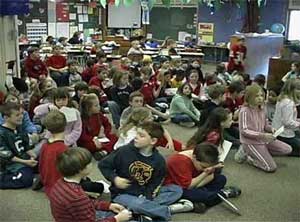Hogweed is popping up in more backyards, and environmental agencies are warning of the dangers of coming into contact with it. For those who do, the giant weed can reportedly give you blisters, cause third-degree burns, and even permanently blind you if you get in your eyes.
The towering weed may look unassuming. Realtor.com® describes it as looking similar to Queen Anne’s lace. However, it can grow up to 14 feet high and it can reproduce quickly and spread fast, appearing in urban, suburban, and rural areas’ yards and gardens. Don’t be fooled by its delicate white flowers either.
“It has purple blotches and coarse white hairs along the stem, very large, lobed leaves with serrated edges, and a large white umbrella-shaped flower growing on top of the plant,” Daniel Waldhorn, a hogweed information line coordinator for New York state’s Department of Environmental Conservation, told realtor.com®.
Hogweed is most often found in the northeast—Maine down to North Carolina. But it can also pop up elsewhere, like in Oregon or the Pacific Northwest. Craig Vacula, owner of Lawn Tech in Flemington, N.J., says that hogweed tends to grow best in areas with lots of rain and sunlight.
The sap of hogweed is the true danger to humans. The sap covers the leaves and stems of the plant. “There are toxic chemicals in it called furanocoumarins that can cause photodermatitis—making your skin unable to protect itself from the sun, so it causes severe burning and blistering when exposed to ultraviolet light,” Vacula says.
Reactions to the plant can happen within 15 minutes of coming into contact with it; blisters typically appear within 48 hours.
For those who do come into contact with hogweed, wash immediately with soap and water and then consult a doctor, Waldhorn says. Also, if you suspect hogweed in a yard, report it to environmental services in your area and leave getting rid of it to the professionals, who will wear protective suits to eradicate it. Some states, like New York where hogweed is the most common, even have “hogwood hotlines” to report sightings.
Source: Realtor.com®
Please help keep this blog going. Contact John J. ODell today for all your real estate needs
RE 00669941
